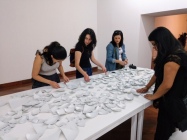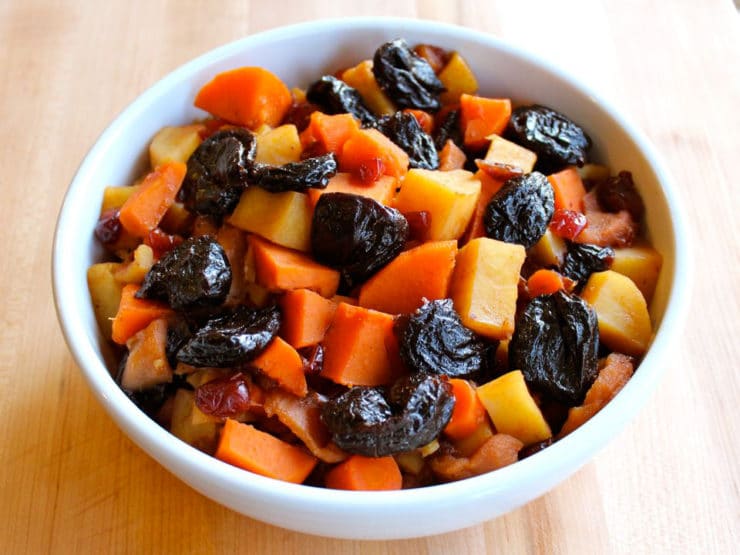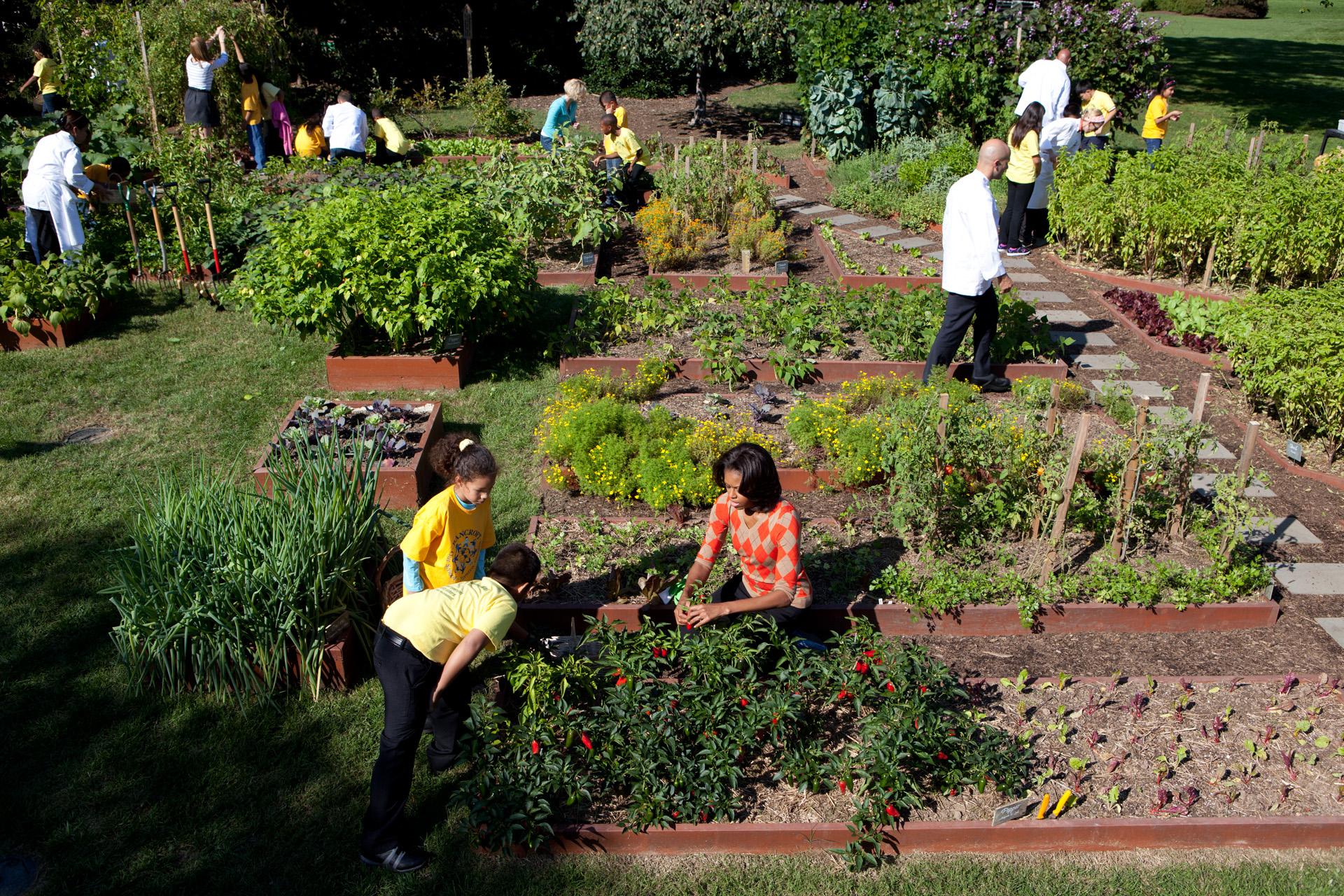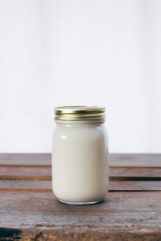Forgive me the ruse of exchanging the word violence for violins, as did Emily Litella (Gilda Radner) on Saturday Night Live years ago. In the skit, Miss Litella gives an impassioned editorial response to a story about parents objecting to violins on television. Chevy Chase eventually interrupts and informs her the story was actually about the “violence” on television. “Never mind”, she replies. Well, I wish this was about violins–it would sound much nicer–and we wouldn’t have to mind.
Three years ago, I came upon an article that referenced the term nutritional violence. I had never heard this term before, but it gave a label to what I had considered the glaring basis for what was gravely compromising the health of our populace. I made a mental note to further explore that issue and bookmarked the link so that I could reference it when ready.
When I recently revisited the link, it was no longer active, and I cannot locate it again. I had long hoped to credit the author and her article–so if you may be familiar with this, please let me know. Instead, I poked around for other references and found some articles on nutrition’s impact on violent behavior which I have been musing on as well, given the recent stream of extreme acts of terror perpetrated by assault guns. This past fall, after the tragedy in Las Vegas, in a rare Instagram, I posted the MyPlate Haiku question, “I often wonder, What did they eat for breakfast? Those who go and kill.”

Paiute Indian Harvest Exhibit Cannonville, Utah
Actually, the following is the only dietary information I have on those who have pulled the trigger: in limited media details on the Parkland shooter, I heard he was apprehended after the shooting having a soda at a local mall; the YouTube shooter was a vegan; and Dan White, who killed Harvey Milk, invoked his diet change from healthy foods to Twinkies and other sugary foods as part of his defense, claiming their consumption was symptomatic of his depression.
While my own data is thus limited, and yes, I was shocked and chagrined to learn of the vegan’s destructive rage, there is other evidence of the association between the composition and constituents of one’s diet (or lack thereof) and behavioral impacts–including violence. Studies have demonstrated the decrease of violent behaviors through dietary and nutritional manipulations in prisons and in schools.
Interestingly, schools were the first institutional settings where large scale attention to nutritional improvements was made–though those efforts continue to be challenged and there is still much work to be done. I was reminded this week of the disconnect between our institutions and communal well-being in an article in The New Food Economy on “lunch shaming” whereby students whose families cannot afford to pay for school lunches are stigmatized and either denied food or offered an inferior meal. The article quotes Christine Tran, a school nutrition equity advocate, who states, “School food is often not seen as a school issue, which is a problem philosophically within our country.” One might broaden that statement to reflect many other environments.
While I have witnessed school lunchrooms and have written about this previously, I have not been privy to a prison chow hall. However, I have engaged in enough conversations with those who were previously incarcerated, and those in drug treatment programs to have a pretty good sense of what is going down. It is sad to see how seriously overlooked nutrition is as an adjunct to healing.
I bring your attention to two papers (here and here) that describe how poor diets and nutritional deficiencies may be risk factors for aggressive behavior and solutions to address this grave problem. The usual, along with the not so recognized, culprits are to be found on the list of troublemakers.
By addressing nutrition as it relates to the promotion or provocation of behavioral violence, I may have strayed here from my intention to discuss nutritional violence–nutrition that violates individuals and communities, but the two could be conflated. If we have been able, with only short hindsight, to witness the profound impacts of our modern adulterated foodstuffs on physical health, it should not be a huge leap to consider the mental health consequences as well. An increasing understanding of that which affects the brain–and the brain’s relationship with the human gut microbiota–provides insight not only into our physiology and metabolism but into our moods, emotions, cravings and other behaviors as well.
The nutritional violence I was initially thinking about is not perpetrated by guns, but by our food system and the purveyors of its policies and products. It does not kill its victims point blank, but, it robs. It robs people of access to basic food required for physical, emotional and social health and well-being–and disproportionately it does so to the poor.
We might credit that our food system does not starve its citizenry, leaving it victim to gross nutritional deficiencies causing widespread blindness, stunted growth and kwashiorkor as in other parts of this world. But, it is certainly acknowledged that it has inflicted harm in its own and profound way.
I don’t think I have to describe what our food landscape looks like here. Many of us may have some basic ideas of the food deserts; fast-food swamps; adulterated, processed, sugar-laden foods commandeering our grocery stores (pharmacies, schools, and hospitals); seductive and targeted advertising; pesticide-laden, large-scale government subsidized supported agricultural practices; caffeine and sugar-riddled beverages; and corporate-controlled food policy. Allow me to add in marginalized breastfeeding promotion and support; native lands devoid of access to water and cultural foods; food insecurity and hunger; and pharmaceutical food additives. (My, that was a fun paragraph. What did I miss?)
I hope I do not have to try too hard to convince that there is some essence of violence in the above, nor that such suggestion is considered hyperbole. One may have to close their eyes for a moment to imagine and appreciate more deeply the collective impact. But, then also, to go one step further, and to consider how our food system more deeply affects communities already burdened by injustice.
Quite coincidentally, after I started this piece, I saw that my old friend Mark Hyman, powerfully addressed this very topic, in a talk titled, Our Food System: An Invisible Form of Oppression, that he gave last week on the occasion of the 50th anniversary of Martin Luther King’s assassination. He gets to my point better than I could, outlines the profound consequences of this oppression, and reaches a much broader audience. I thank him for his attention to this matter and for sparing me my final paragraphs.
There are many others who also address similar concepts in various ways and with different names, such as food and race; community safety and nutrition; oppression through poor nutrition; gender, nutrition and the human right to adequate food and nutrition; food justice; and food sovereignty. There is much serious content packed in here, but all worthy of review and consideration if this is of interest to you.
Thank you for listening, sharing, following and supporting my writing. Please subscribe in the sidebar to receive notice of new posts. Comments and greetings always welcome.
In health, Elyn
Related Posts: Serenity Now, Of Poverty and Light, Kyuushoku, Reporting from the Rim of the Sink Hole
P.S. Take a peek at Emily Litella’s funny tirade on Busting School Children — which may be sadly relevant.

Broken My Plate
My Plate Haiku
I often wonder
What did they eat for breakfast
Those who go and kill?
by Elyn
 The accompanying words said, “This is not a Coca-Cola. It is an experience.” Really? It certainly looked like a Coca-Cola. While still confused, I was also informed that for Coca-Cola, experience goes far beyond the first sip and that I should make ‘experience’ my business.
The accompanying words said, “This is not a Coca-Cola. It is an experience.” Really? It certainly looked like a Coca-Cola. While still confused, I was also informed that for Coca-Cola, experience goes far beyond the first sip and that I should make ‘experience’ my business.
















